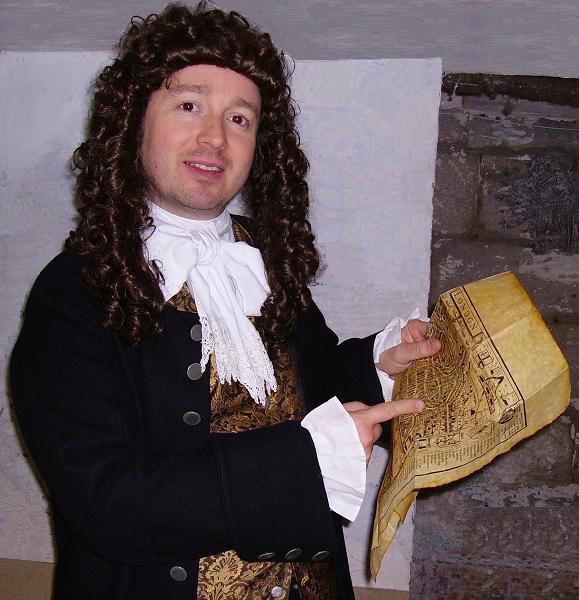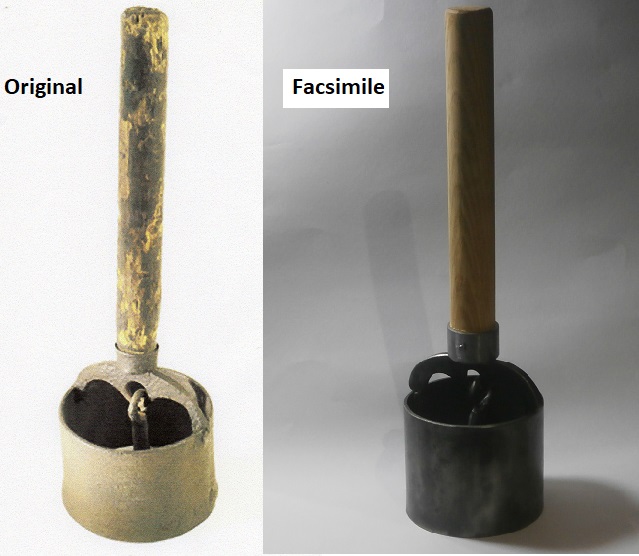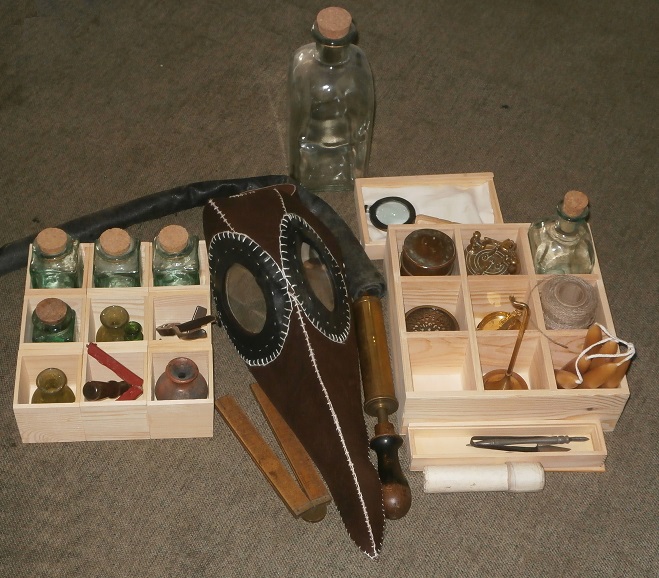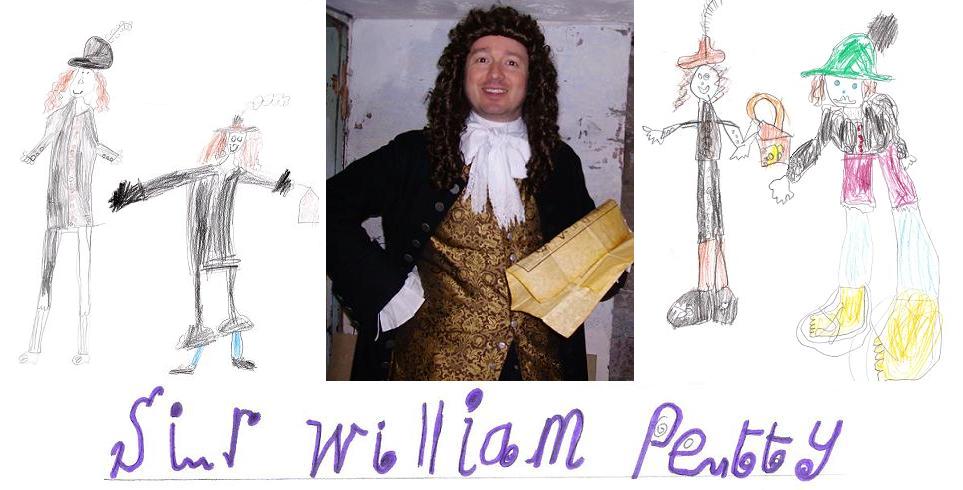For Key Stages 1 or 2
 Sir William Petty was a doctor of Physic, a lecturing anatomist and a polymath natural philosopher. He lived in London when the Plague began (sensibly leaving once the Bills of Mortality showed one hundred plague deaths per week – it was his ‘rule of thumb’!).
Sir William Petty was a doctor of Physic, a lecturing anatomist and a polymath natural philosopher. He lived in London when the Plague began (sensibly leaving once the Bills of Mortality showed one hundred plague deaths per week – it was his ‘rule of thumb’!).
He studied the Great Plague, and published a treatise concerning how to avoid it in future. To your children he is a friendly and eccentric fellow with lots of stories to tell, some strange, some fascinating, some grisly, some sad.
If there are two classes studying the plague, I can do a session with each (morning and afternoon). There are ways of working with three or four classes too. Having a whole day with one class, however, allows me to do that bit more.
(Note: I would not advise combining this information rich experience with the Great Fire of London session all in one day – it would be far too much for the children to take on board!)
When should Sir William visit?
The session works well whether or not the children already know about the Great Plague. If the session introduces the topic, then I can give them all a shared and rich experience to refer back to throughout their subsequent work. If it is the end of their study, I can conversationally explore and add to their existing knowledge, bringing it all ‘to life’. If I visit in the middle of your topic, then a bit of both applies, and the day provides an extra boost to their levels of enthusiasm! Sir William, being a man of 1665, explains a lot about what happened and what people thought at the time. You, the teacher, can later explain what we now know about the plague in modern times.
Find out More...
Bring Out Your Dead!
Session Format
Introductions
|
The Story of the PlagueThis is the main component of the session and incorporates several breaks along the way to do practical exercises.
|
About the PlagueI discuss all sorts with the children, including the many other illnesses at the time, the variety of opinions people had about what caused the plague and all sorts of preventatives and cures that were employed by the desperate Londoners.
|
Some Work for Sir WilliamI can begin this work with the class if I am working with one class all day. If it is a two class day with half the day with each class, then I can set this task for each class to do later. Posters with instructions concerning all the different ways to avoid the plague.
A portrait of a gentleman When I work with one class for the whole day, I can admit to some jealousy over Samuel Pepys’ portraits and ask the class if they might sketch a portrait of me, posing for them to do so. This way they remember the details of my late 1660’s clothing. |






